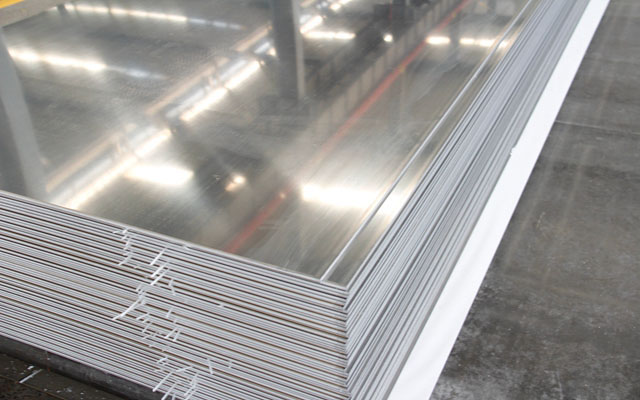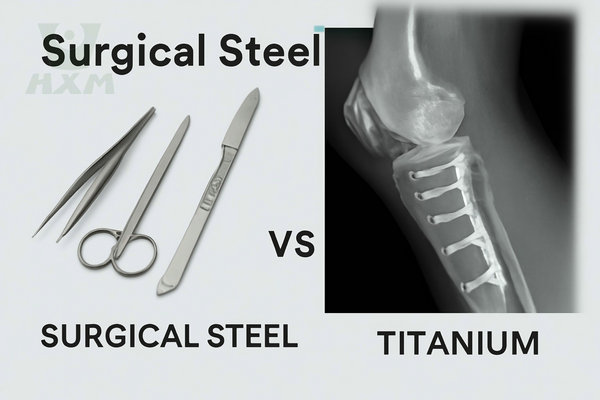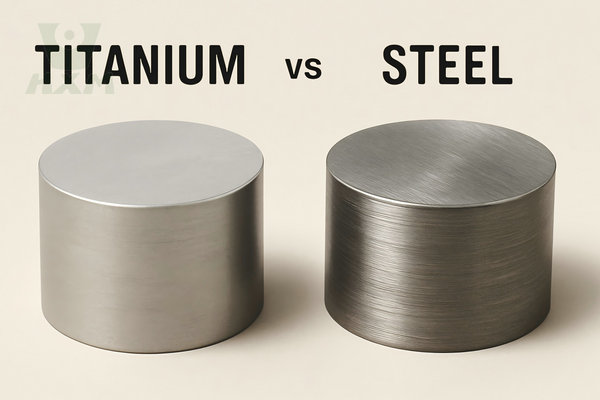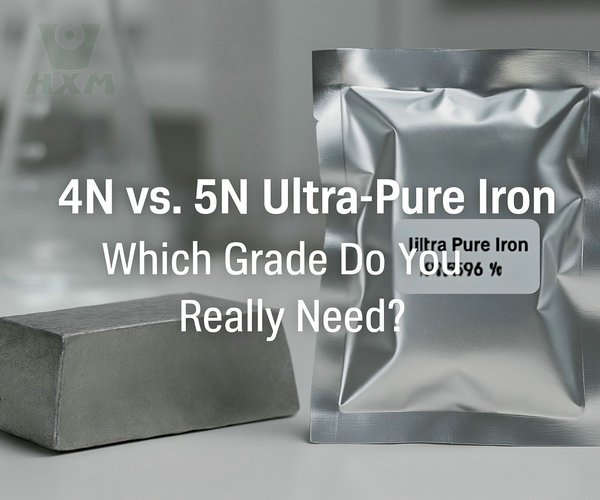Definition of Metals and Nonmetals
Metals are elements that are typically shiny, conductive, and malleable. They tend to have high melting and boiling points and can form positive ions by losing electrons. Examples of metals include iron, copper, gold, and silver.
Nonmetals, on the other hand, are elements that are typically not shiny, not conductive, and not malleable. They tend to have low melting and boiling points and can form negative ions by gaining electrons. Examples of nonmetals include oxygen, nitrogen, carbon, and sulfur.
Characteristics of Aluminum
Aluminum’s Properties Include:
High thermal conductivity: Aluminum is an excellent conductor of heat, which makes it useful in applications such as heat sinks and cookware.
High electrical conductivity: Aluminum is also an excellent conductor of electricity, which makes it useful in applications such as wiring and electrical components.
Low density: Aluminum is a lightweight metal, which makes it useful in applications where weight is a concern, such as aerospace engineering.
Resistance to corrosion: Aluminum is resistant to corrosion, which makes it useful in applications such as outdoor construction and transportation.
Low melting point: Aluminum has a relatively low melting point compared to other metals, which makes it easier to melt and shape.
When compared to other metals and nonmetals, aluminum exhibits some properties of each category. For example, it has metallic properties such as high thermal and electrical conductivity, but also nonmetallic properties such
as its low melting point and tendency to form covalent compounds. This makes it difficult to classify aluminum as strictly a metal or nonmetal.
One reason for this ambiguity is that aluminum has an intermediate electronegativity, which means it is not strongly metallic or nonmetallic. Additionally, aluminum’s behavior can vary depending on the conditions it is under.
For example, aluminum can behave like a nonmetal when it reacts with oxygen to form aluminum oxide, which is a covalent compound.
Overall, the properties of aluminum make it a unique element that exhibits characteristics of both metals and nonmetals. Its intermediate nature makes it difficult to classify as either one or the other.
Comparison of aluminum’s properties to those of metals and nonmetals
To better understand why aluminum is difficult to classify as either a metal or nonmetal, it is helpful to compare its properties to those of metals and nonmetals.
Compared to metals:
- Aluminum is less dense than most metals, which makes it lighter and more malleable.
- Aluminum has a lower melting point than most metals, which makes it easier to melt and shape.
- Aluminum is more resistant to corrosion than most metals, thanks to its oxide layer which protects it from further oxidation.
- Aluminum has a lower conductivity for heat and electricity compared to most metals, which makes it less efficient for these purposes.
Compared to nonmetals:
- Aluminum is denser and more metallic than most nonmetals, which makes it more durable and conductive.
- Aluminum has a higher melting point than most nonmetals, which makes it less likely to vaporize or decompose when heated.
- Aluminum is less reactive than most nonmetals, which makes it more stable and less likely to form covalent bonds.
- Aluminum is less brittle than most nonmetals, thanks to its metallic bonding which allows for more flexibility.
Overall, aluminum shares some properties with both metals and nonmetals but does not fit neatly into either category. Its unique combination of properties makes it a versatile and useful element in a variety of applications.
Explanation of why aluminum is difficult to classify as either a metal or nonmetal
Aluminum is difficult to classify as either a metal or nonmetal because it exhibits properties of both categories, as well as some properties that are intermediate between them. For example, while aluminum has metallic properties such as high thermal and electrical conductivity, it also has nonmetallic properties such as its low melting point and tendency to form covalent compounds.
One reason for this ambiguity is that aluminum has an intermediate electronegativity, which means it is not strongly metallic or nonmetallic. Electronegativity is a measure of an element’s ability to attract electrons, and it varies along the periodic table. Metals tend to have low electronegativities, which means they tend to lose electrons to form positive ions. Nonmetals tend to have high electronegativities, which means they tend to gain electrons to form negative ions. Aluminum falls somewhere in between, which makes it less clear-cut.
Additionally, aluminum’s behavior can vary depending on the conditions it is under. For example, aluminum can behave like a nonmetal when it reacts with oxygen to form aluminum oxide, which is a covalent compound. On the other hand, aluminum can behave like a metal when it is alloyed with other metals, which allows it to form metallic bonds and exhibit metallic properties.
Overall, the properties of aluminum make it a unique element that exhibits characteristics of both metals and nonmetals. Its intermediate nature makes it difficult to classify as either one or the other. However, despite this ambiguity, aluminum is an incredibly useful element that has a wide range of applications in industry, technology, and everyday life.
Application of Aluminum
Aluminum is a versatile element with a wide range of applications in industry, technology, and everyday life. Some of its most common applications include:
Transportation: Aluminum is widely used in the transportation industry due to its light weight, strength, and corrosion resistance. It is used in the manufacture of cars, trucks, trains, airplanes, and boats, as well as bicycle frames and other sports equipment.
Packaging: Aluminum is used in the production of cans, foils, and other packaging materials due to its ability to protect the contents from moisture, oxygen, and light. It is also easily recycled, making it an environmentally friendly option.
Construction: Aluminum is used in the construction industry due to its strength, durability, and resistance to corrosion. It is used in the manufacture of doors, windows, roofing, tile trim, siding, and structural components such as beams and columns.
Electronics: Aluminum is used in the manufacture of electronics due to its high thermal and electrical conductivity. It is used in the production of heat sinks, circuit boards, and other components.
Medical equipment: Aluminum is used in the manufacture of medical equipment such as wheelchairs, crutches, and prosthetic limbs due to its light weight and strength.
Cooking utensils: Aluminum is used in the manufacture of cooking utensils such as pots and pans due to its good heat conductivity and non-reactivity with food.
Art and decoration: Aluminum is used in the creation of art and decorative objects due to its malleability and versatility. It can be easily shaped and formed into a variety of designs.
Overall, the versatility and wide range of applications of aluminum make it an important and valuable element in modern society.









